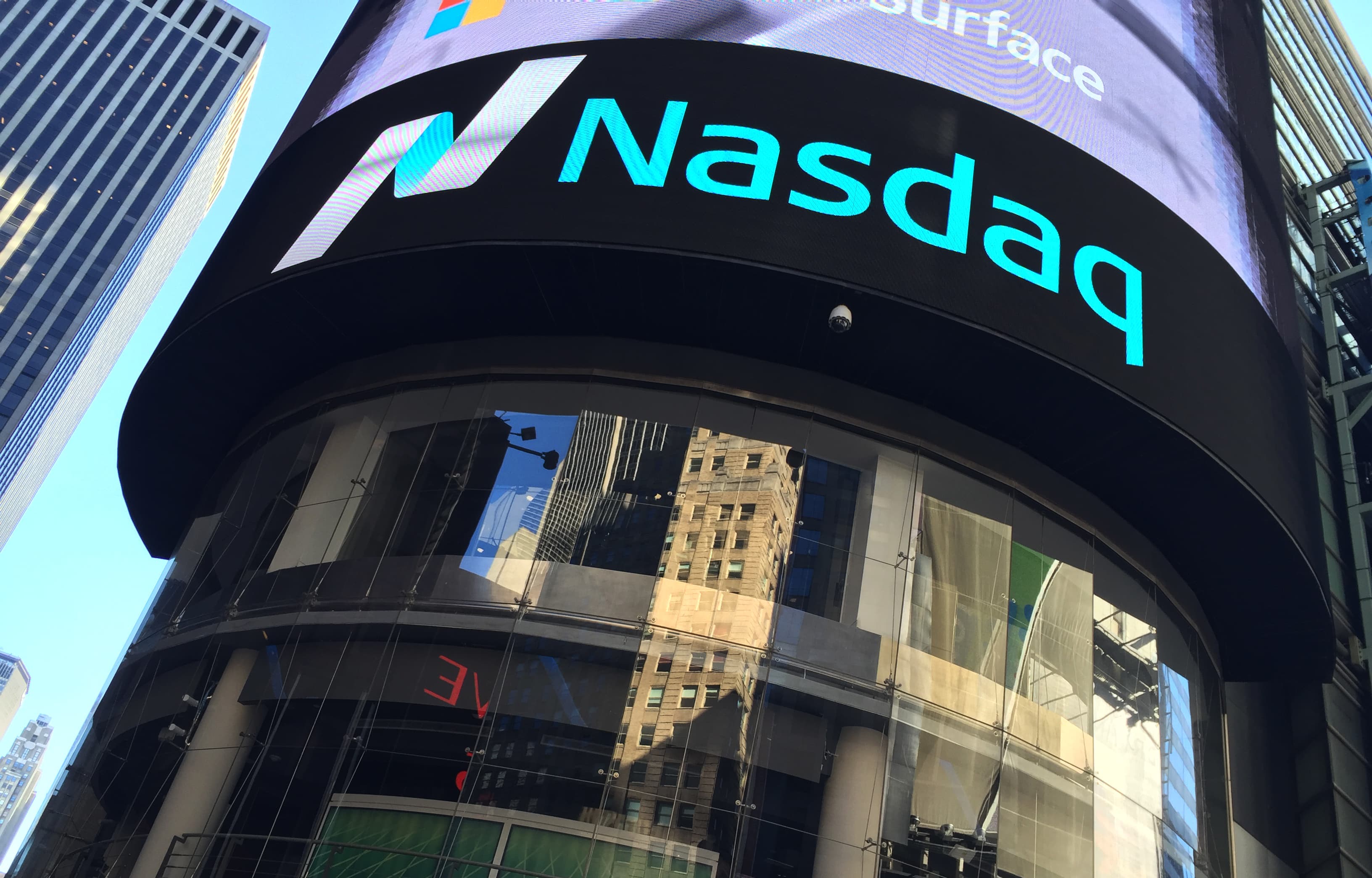
The Nasdaq in Times Square, New York.
Adam Jeffery | CNBC
For the past four years, the easiest trade in the world has been to buy the Nasdaq – on a breakout, on a pullback, when the Federal Reserve eased or even at the peak of pandemic panic, investors who bought the dip have been richly rewarded every time.
The index made money in four out of the past five years and in 2020 generated an eye-popping nearly 44%, vastly outperforming the S&P 500.
There are, of course, good reasons for the Nasdaq’s strength. The index is leaden with high technology companies that not only survived but thrived through the Covid shutdowns. As the economy went into “virtual” mode with everything from business meetings to food to shopping to socialization and entertainment all done online, the high-tech darlings raked in the big bucks. From Amazon to Netflix to Zoom, almost all economic activity passed through their corporate coffers generating reams of cash flow and attracting huge investment flows.
The live-and-work-from-home-life won’t change anytime soon. Even if the vaccine rollout is expedited under the incoming Biden administration, it is very likely that economic activity won’t return to anything approaching normal levels until the second half of this year. Even then, consumer habits that have been formed during the lockdown are likely to stick and change many of those behaviors forever. All of that seemingly argues for the continuation of the Nasdaq trade except for two factors – the index is ridiculously overvalued and the monopolistic-like profits of its biggest components may be under regulatory threat from incoming President Joe Biden.
The valuation question is by far the biggest risk to the index, not only because the Nasdaq is trading at a nosebleed level of nearly 40 times trailing earnings but because that valuation has been justified by the ultra-low interest rates that have capped the benchmark 10-year at below 1% for most of last year.
However, the bond market dynamics have changed. With President-elect Biden and a Democratic majority in Congress, the markets are anticipating a massive new stimulus bill of nearly $2 trillion. Furthermore, President “Main Street” Biden is likely to direct most of those funds into the hands of consumers and small- and medium-sized businesses. Unlike Trump-era budget deficits, this spending bill will be geared towards labor rather than capital and that is likely to be far more inflationary.
Although inflation remains tame, the bond markets have already started to price in the pick-up in prices with yields breaking out above 1%. That is still a very low level on a historical basis but financial markets are always a rather absolute bet and if 10-year yield rises just 50 basis points, that would be an effective 50% rise in rates which in turn would compress the sky high price-to-earnings ratios of the Nasdaq components as bonds will become a better competitor to stocks.
Add to that the possibility of antitrust action against some of the index’s biggest names and at the very least much more stringent regulatory oversight, that will no doubt raise the cost of doing business going forward.
For the past four years the single easiest trade in the market has been to buy “High Technology” and sell “Main Street”. The long QQQ (Nasdaq) short IWM (Russell 2000) spread has been the best way to trade the market without being exposed to directional risk. But that trade has stalled and with President “Main Street” about to take the reins of power, it may be time to go the other way as Main Street may finally start to outperform high technology.
Boris Schlossberg is Managing Director of FX Strategy for BK Asset Management and frequent CNBC guest. Widely known as a leading foreign exchange expert, Boris has more than 20 years of financial market experience.




